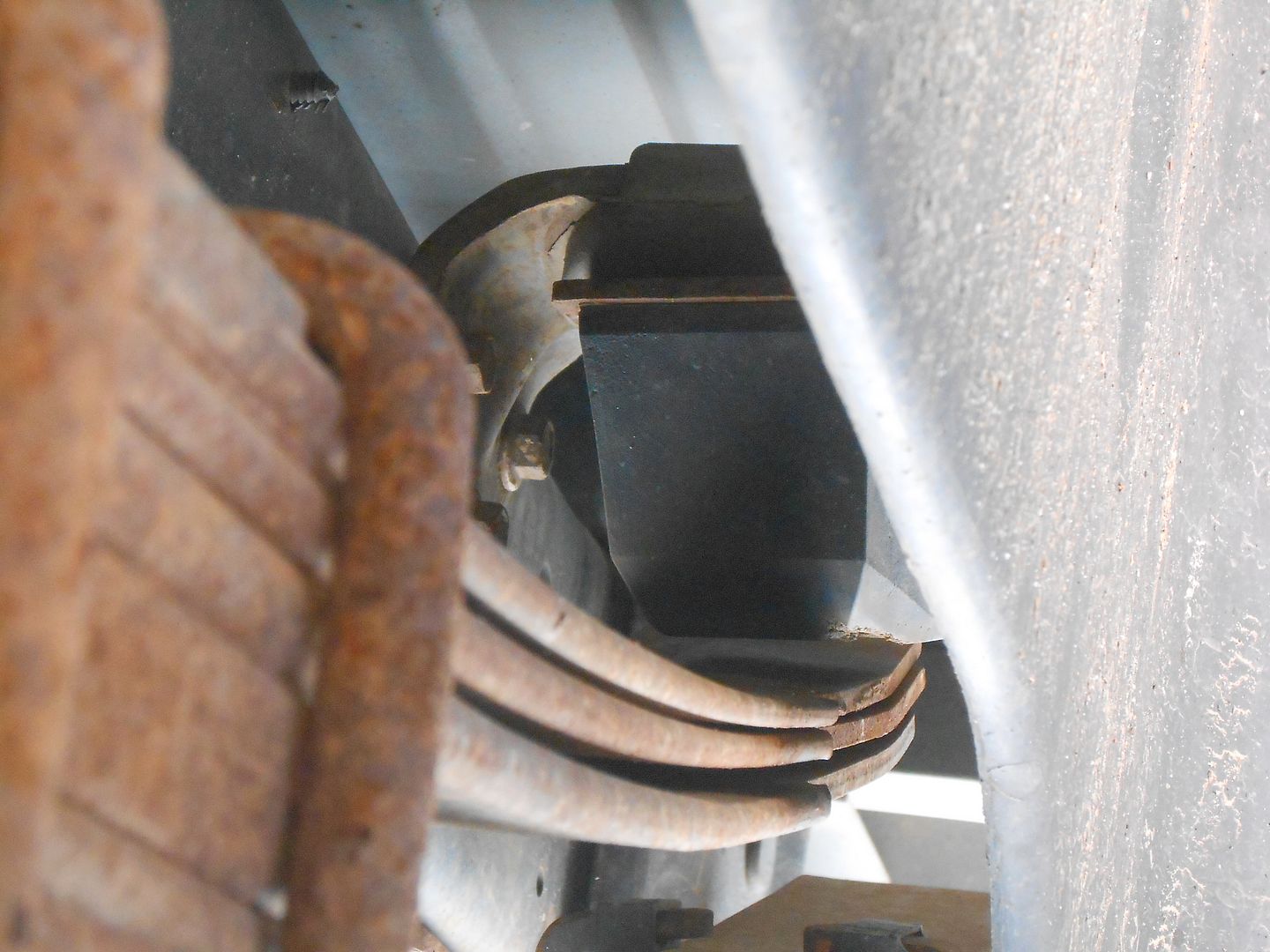Joel,
Nice way to work your way to a solution. I've been working with spring packs on 4WD's forever. One nitpick. Unless you heat treat and oil quench your newly bent old stock springs, the nice lift you get from them will go away. It may take a year or two, but they will return to their old memorized position leaving you with a lot of sprung weight that has no upside. Just by adding leaves and longer U bolts to the main pack gives you a modicum of lift-a good thing.
The old rule of thumb with leaf springs is:
a pack with many thinner leaves has more flexibility and a better ride than a pack with fewer, thicker leaves with the same spring rate. National Spring in San Diego still uses this concept in developing spring packs to fit the end user's circumstance. The worst solution ever was a few years ago when mfgrs experimented with the dreaded, "Monospring" on 3 and 4 series trucks.
My trail of springs on the TC went through several modifications and upgrades over time. The most important thing in developing a perfect spring set is the amount of time the camper spend on the truck. If it's a lot, then fashion your springs for the load intended. If just part time or only on vacations and little travel, then a secondary or upper overload set is still a good bet as the upper secondaries are out of play when the truck bed is empty.
My 2-series truck started out new with the camper package. On the Dodge this meant a single, slightly thicker, secondary spring which, with a 2K pound load was too far away from the snubber to take advantage of the 1K pound added capacity of the spring. This was actually the harbinger of the so-called, one ton, SRW pickup.
The load rating of the tires and wheels was holding it back from being called same.
Since my camper stays on now, almost full time, i've had to revamp the spring pack over time to reflect this load usage. Here is the rear spring trail:
1. Add Stable Loads to the single upper secondary.
2. Add a pair per side of 3-series, thinner, stock upper secondaries.

3. Add one per side, thick, 3 inch lift springs to pack.
4. Add longer U-bolts.

All that rustiness is due to the soda and salts of our Mojave Road expeditions.
So, little by little, and by testing the latest creation under field conditions I'm now at a place where i really like the results, similar to your circuitous outcome. One thing I did notice is the absolute uselessness of the lower Overload spring. It's just a spacer now. I should just sawsall the ends off and make it an actual spacer. With all the other springs in play there is no way the pack will compress down enough to even allow the Overload spring to come into play. If it is not even close with 5K pounds of crushed rock in the bed, it's not going to close with the 2650 pounds of the camper weight pressing down.
When the TC comes off, the ride is no worse than it was stock, especially when I put the Rancho 9K's on the weakest setting. But that's not saying much.

